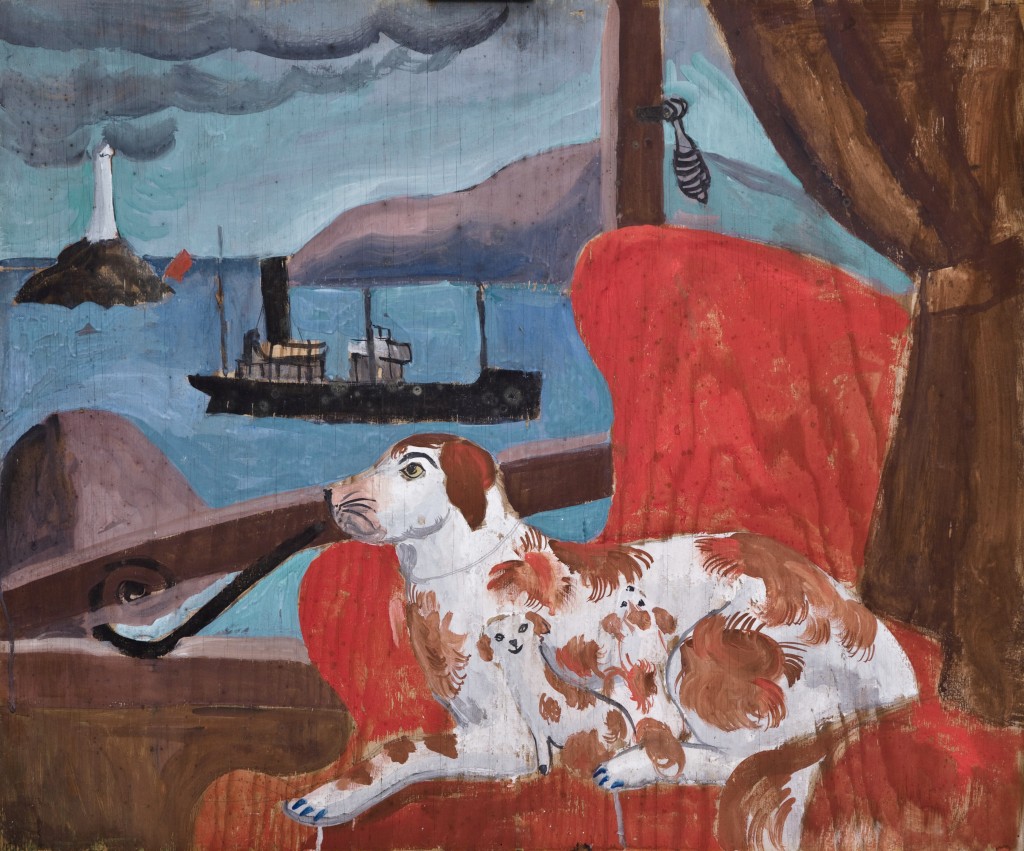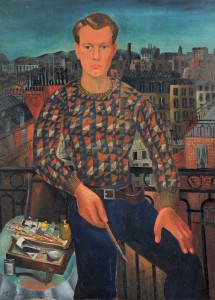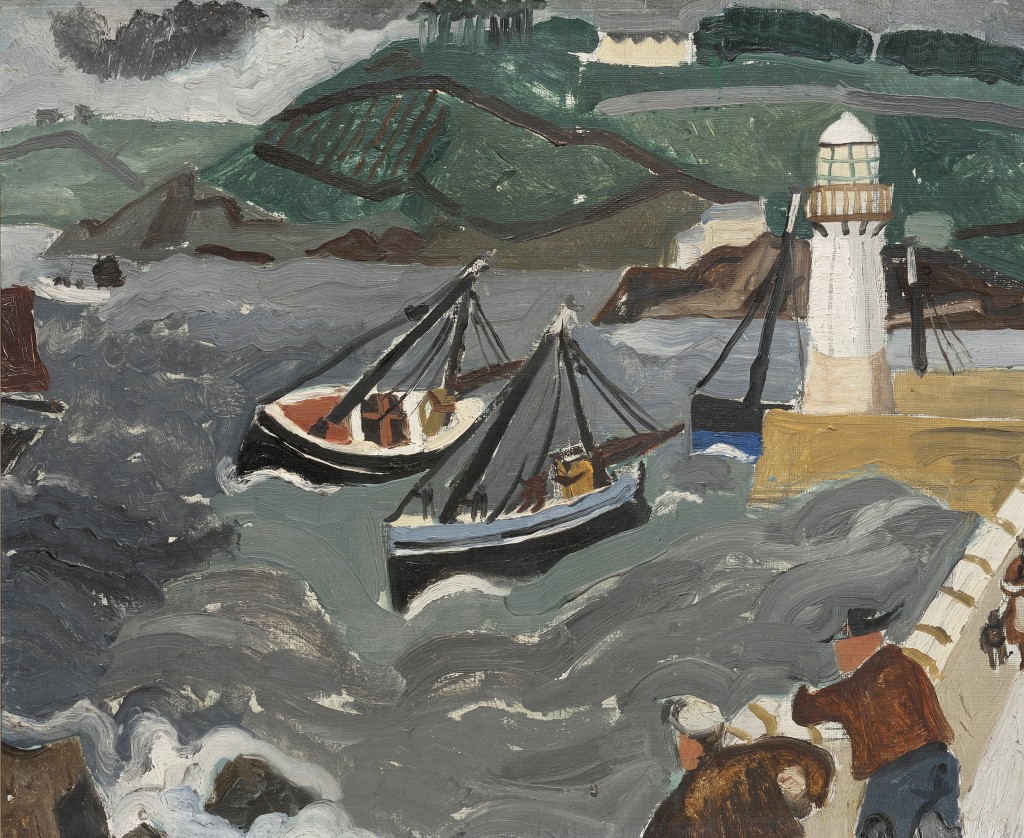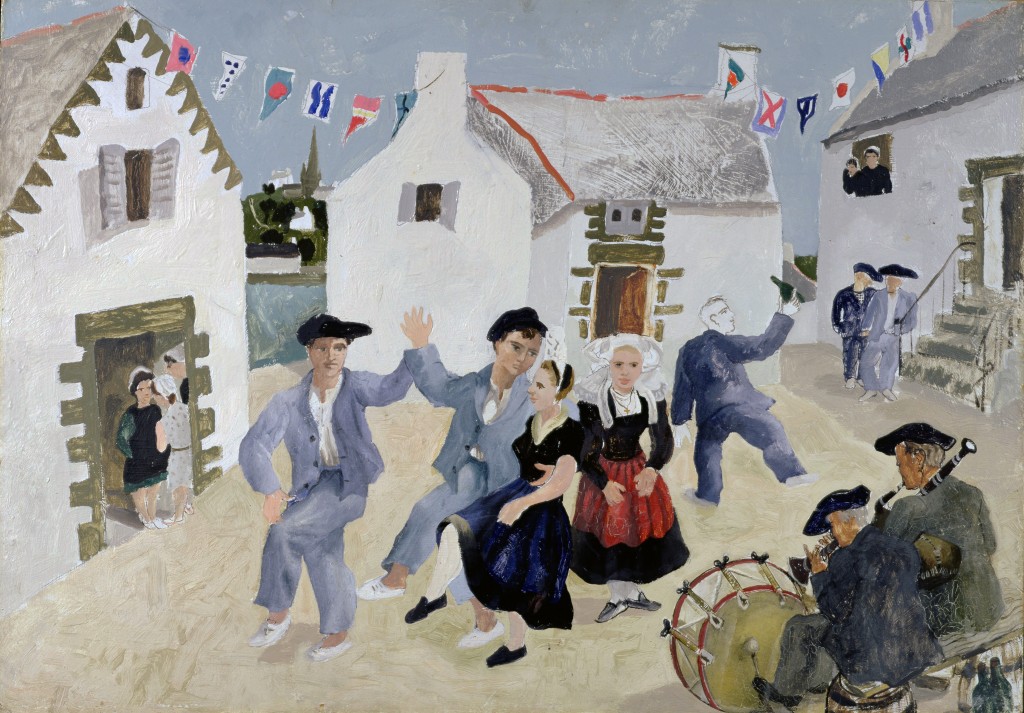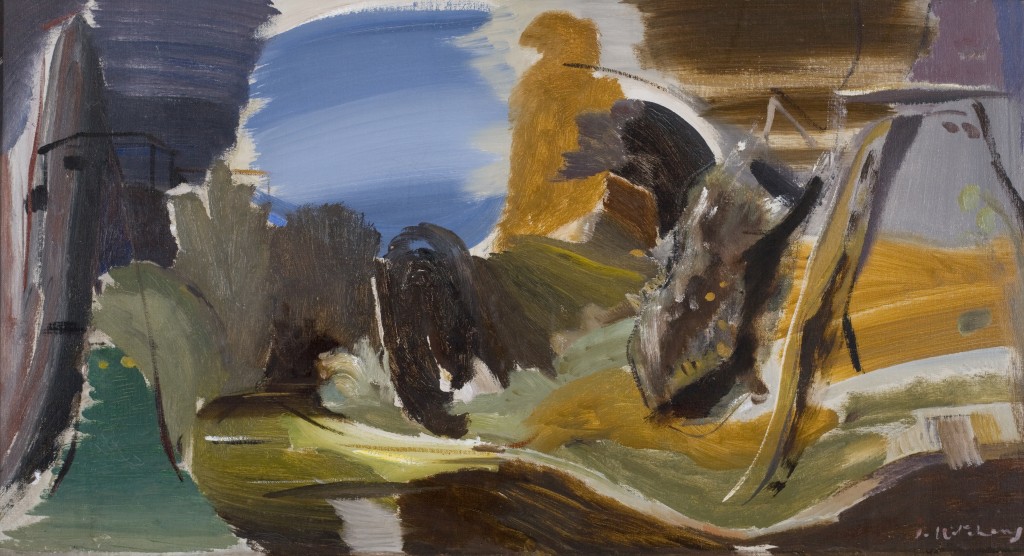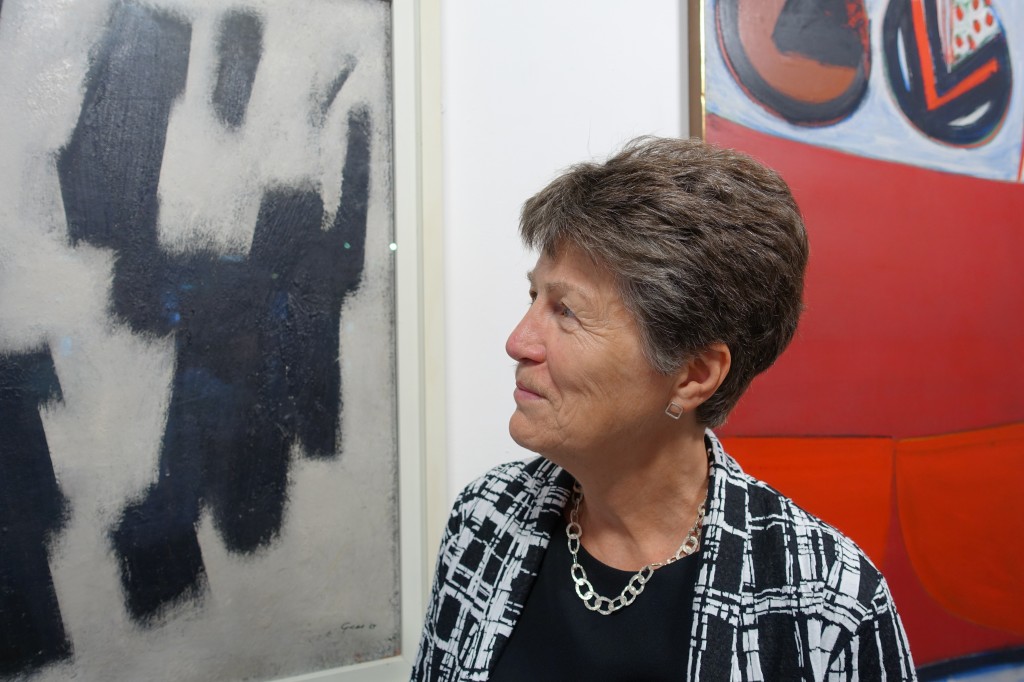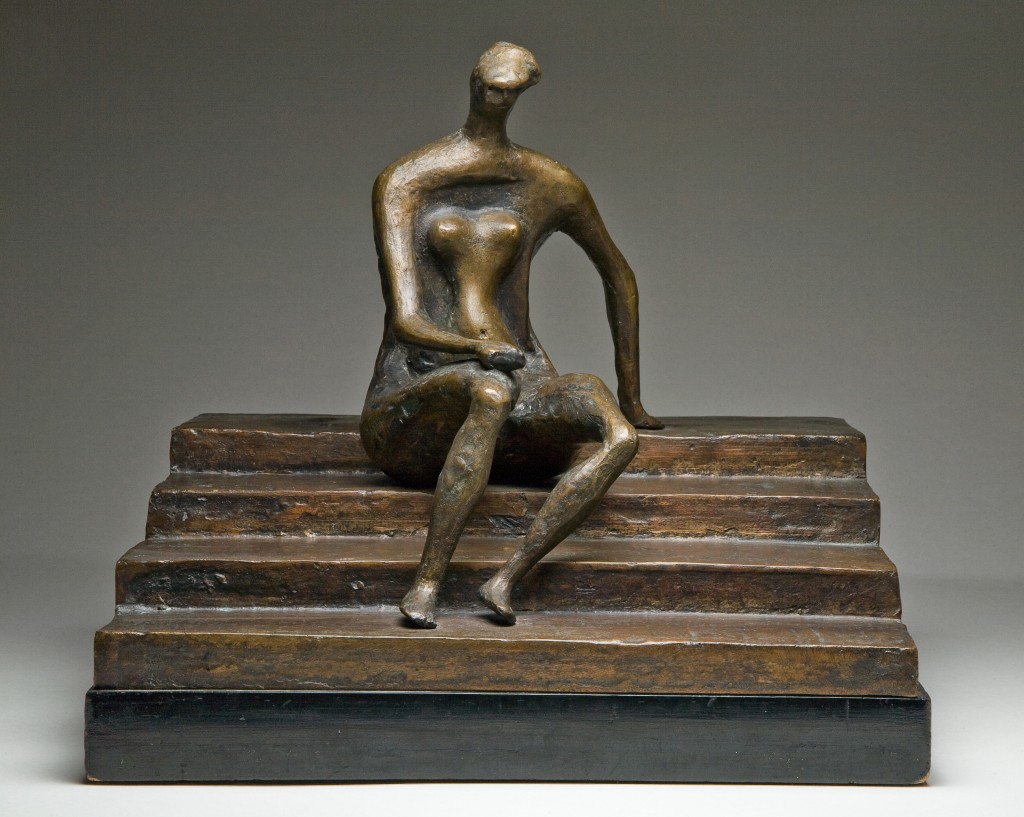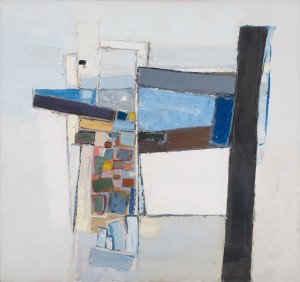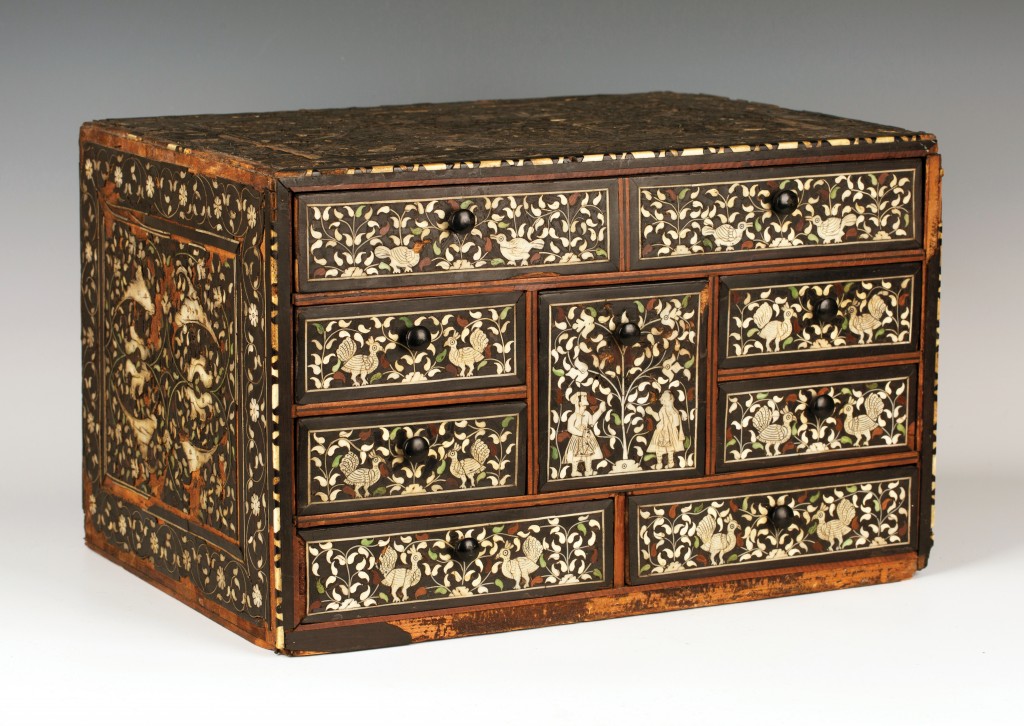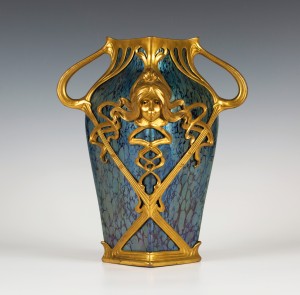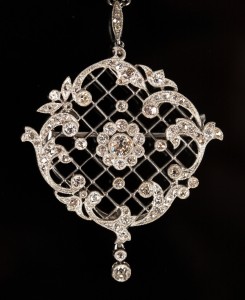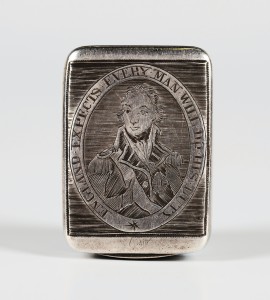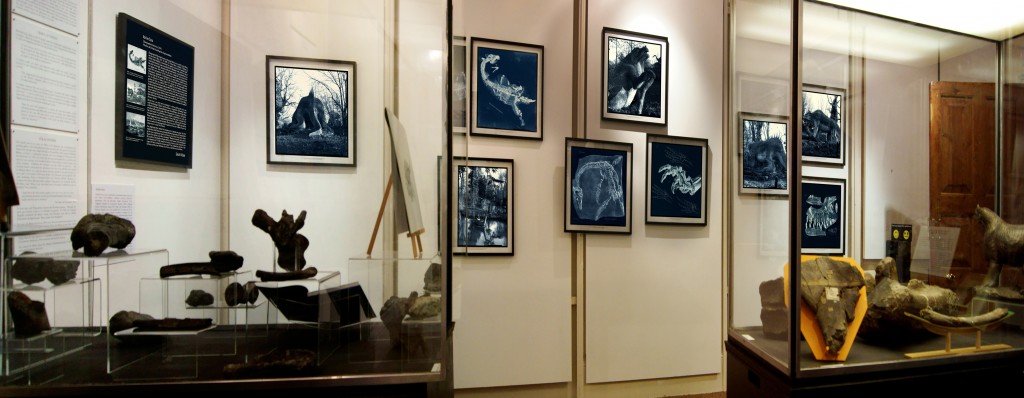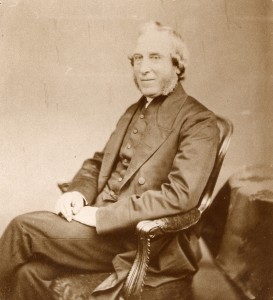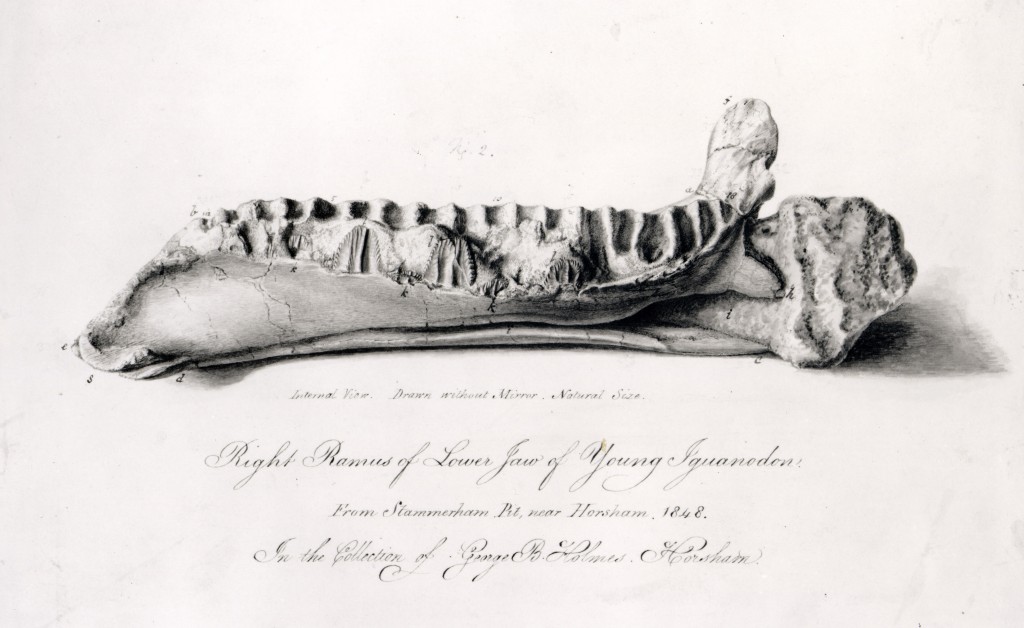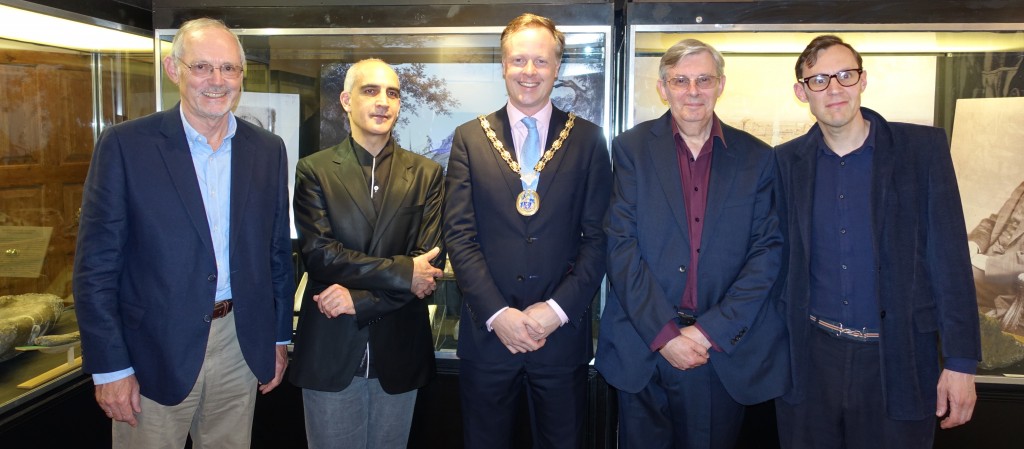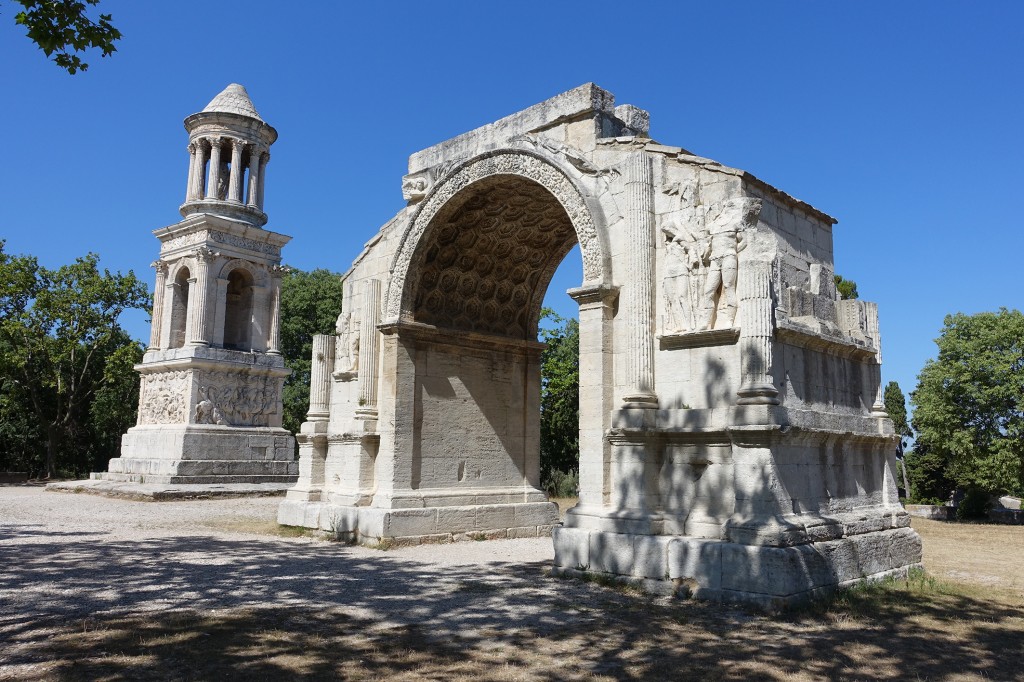
Cicadas play in the bright sunshine as we rest beneath the deep lavender blue of the Provençal sky. Provence, as much an idea as a place, has gathered diverse peoples to her over millennia. Each have added to her richness and, in their turn, have been shaped by this remarkable land.
The ancient ruins of Glanum give voice to Caesar’s vast ghost whose shadow is all around. The Triumphal Arch and the Mausoleum of the Julii are known as Les Antiques. They would have stood on the edge of the Roman town. However Glanum pre-dates the Romans. It was the Celts who first built here to honour the healing waters, the gift of their God Glanis. The Greeks were also here and the Hellenic influence is visible in the town’s ruins.
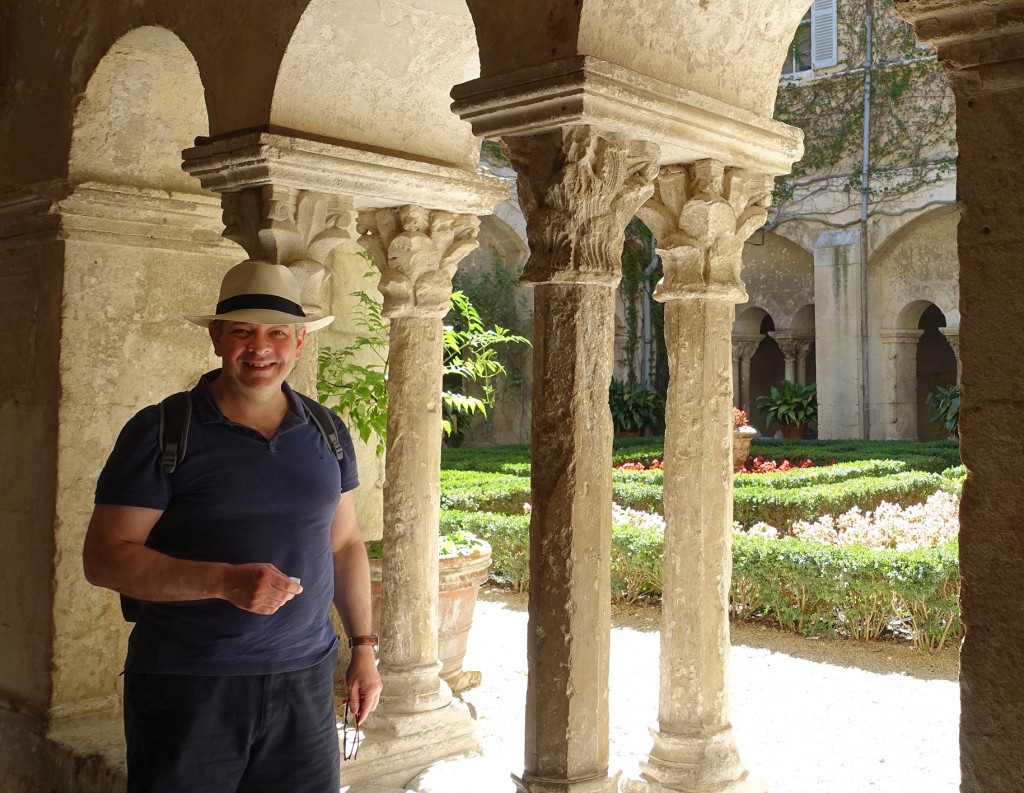
Just an olive grove away is the St Paul Asylum where the Dutch Post-Impressionist artist, Vincent Van Gogh, painted the surrounding landscape and some of his most famous work including ‘The Irises’.
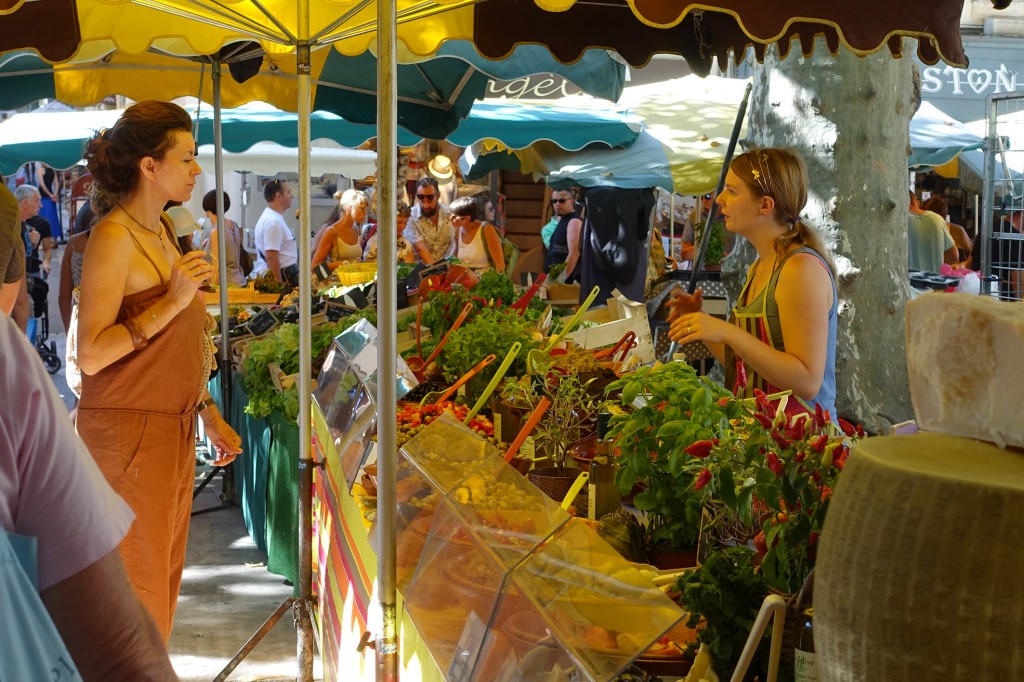
In the adjoining town of St Rémy de Provence people from many nations still gather. Their voices rise and fall in the heat of the market day. This celebration of life with its noise, colours and smells brings together local produce and souvenirs for the tourists. Away from the bustle of daily life we, with others, process into the cool stillness of the church of St Martin to light a candle and pray, remembering the people of Nice and the tragic murder of Fr. Jaques Hamel. All have been moved by the response of the French Muslims attending Mass across France. Amongst such momentous events the French people we speak to seem pleased and reassured that l’anglais are here despite the news of terrorism and Brexit.
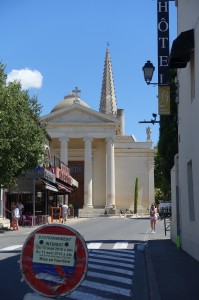
The old town is encircled by cafés and restaurants shaded beneath the boulevards of plane trees. Outside the marvellous restaurant Decouvert we speak with an urbane American gentleman. Our conversation touches on the times we live in and our nations’ great friendship for which he thanks me.
Back at the villa the pool shimmers in the sunlight like a beautiful David Hockney. I sit in the shade beneath the canopy of fruiting vines and reflect upon how much we are viewed as an international nation by our friends in Europe and the broader world.
Great Britain, like Provence, is as much an idea as a place. We have gathered diverse peoples to our shores over millennia. Each have added to our nation’s richness and have, in their turn, been shaped by this remarkable land. I feel confident that our international outlook and place in the world will bless us as we go forward.
Against the song of the cicadas I raise a glass of rosé. My toast – “Wish you were here!”
By Rupert Toovey, a senior director of Toovey’s, the leading fine art auction house in West Sussex, based on the A24 at Washington. Originally published in the West Sussex Gazette.
